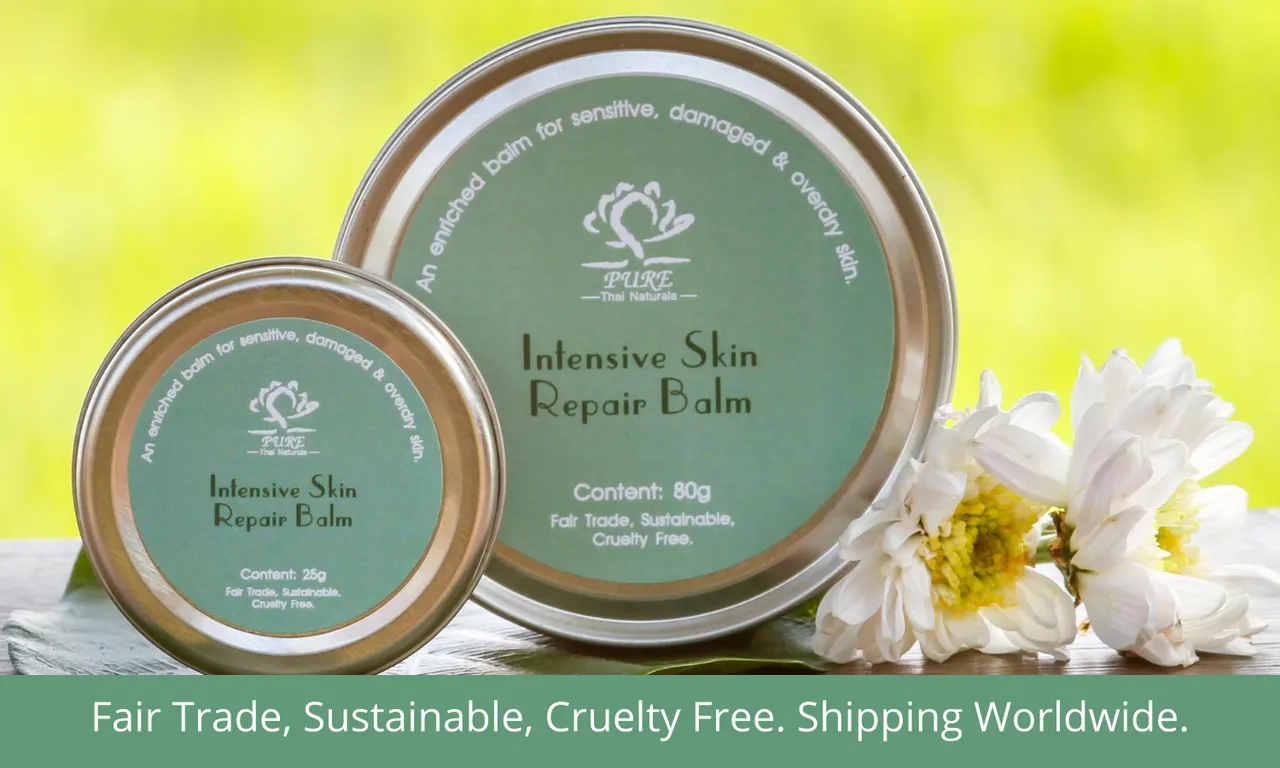Having had zero identification success with my Lingzhi-Ganoderma post in the Hive Fungi Lovers community, I started looking around for other mycology identification resources. And have been pleasantly surprised at what's "out there" in terms of free global resources for learning about natural medicine & mycology.
My "Reishi Baby" started like this - a few months back - on a dead and rotting mango tree stump in my Thai garden, just after the monsoonal rains set in for the season. At that time, she was maybe 6 inches across and quite dry looking.

Locally it was triumphantly declared to be "Lingzhi!", the local Thai name for a Reishi mushroom. But one only has to start looking online to discover there are DOZENS of different Ganoderma species. Before I started planning tinctures or capsules, I wanted to know more.
And so I've been asking around and snapping pictures as she grows, and got basically nowhere. And the seasonal monsoon rains continued to fall.
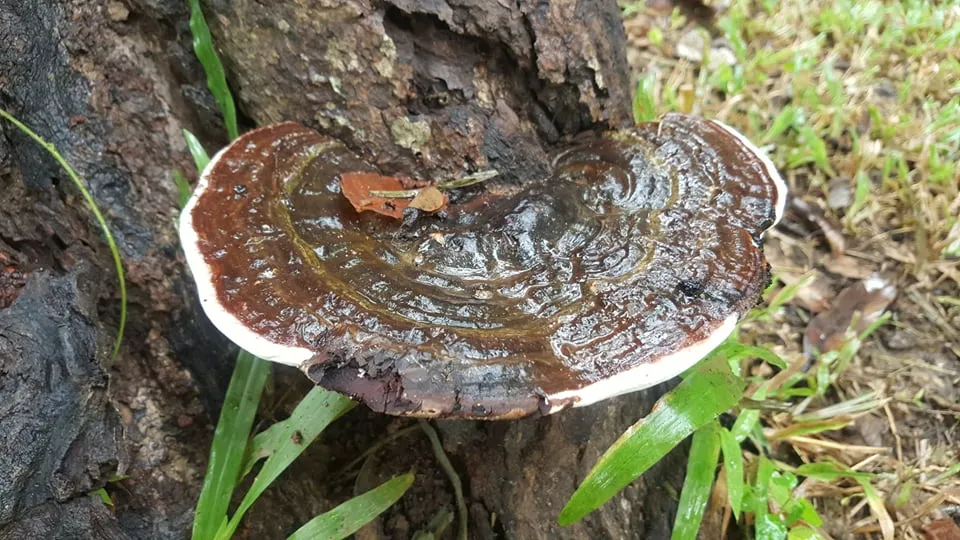
There were actually 2 big shrooms now.
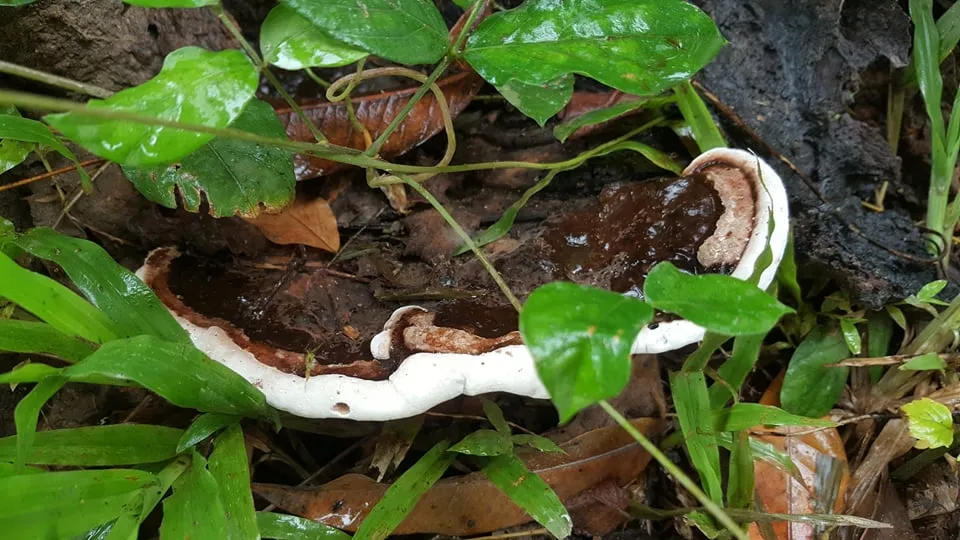
A few months have gone by now and I still wasn't any closer to a definitive species ID. Call me neurotic, but I'd like to be SURE what I'm swallowing and what it might do to my body. Let alone anyone else's!
So today I took some updated photos and joined a BIG mushroom identification group on facebook - 215K members. And YES!! A helpful guy names Joaquin Valdez gave me a proper botanical identification. Finally. YAY!! After poring over reams of photos, habitat descriptions and images, I'm SURE he's right!
Artists' Conk. Ganoderma Applanatum.
A powerful natural medicine shroom!
This is how they look today, the bigger of the two easily 8-10 inches across.
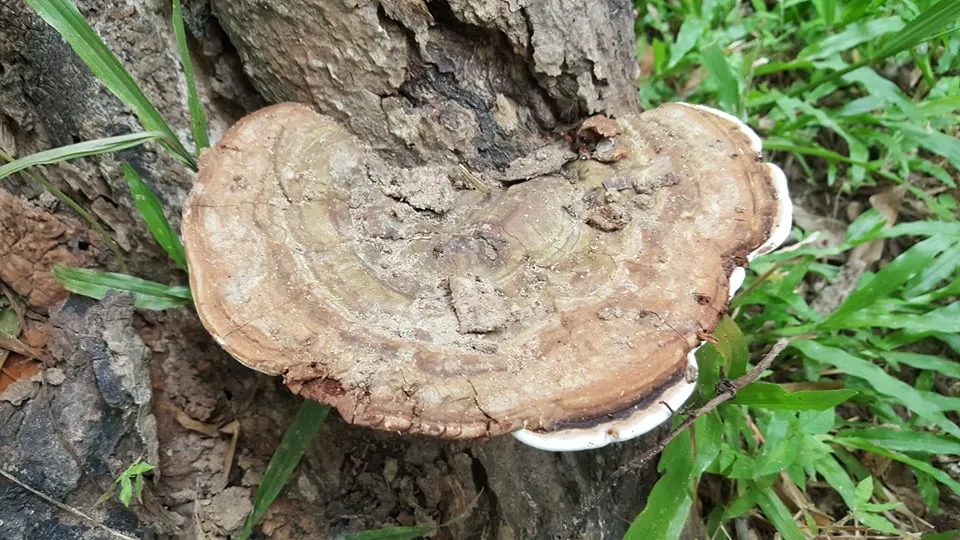
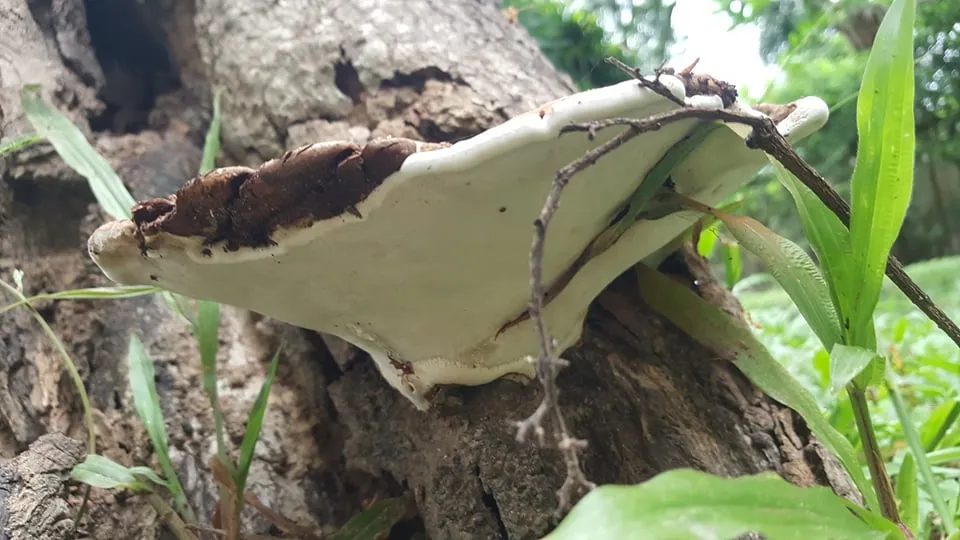
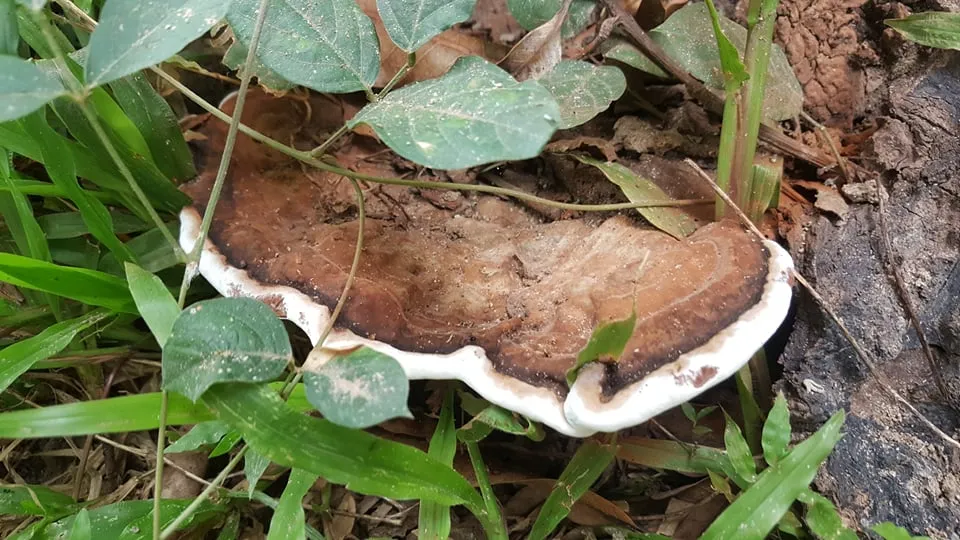
It's called Artist's Conk due to the smooth white underside - if you mark it in anyway, it oxidizes quickly and the writing or marking you make becomes permanent - like a blank artists' canvas. Apparently keen mycologists out in the field have been known to write and leave messages for one another on them, sort of like natural wild graffiti. 😆 They can grow up to 2 feet in diameter!!! so I'm watching her closely to see what happens as we get through the next 2 months - the 'business end' of the rains.
Ganoderma Applanatum is best known for (its) medicinal rather than their culinary properties. The mushroom contains 400+ phytochemicals such as polysaccharides, trace minerals and antioxidant vitamins, many of which have been shown in some studies to help with the following health conditions:
Indigestion
Stomach pain and cramps
High blood pressure and cholesterol
Diabetes type I and II
Lung problems
Immune system problems
Cancer
The mushroom has been used for centuries in Chinese medicine in dry, powdered, and tincture form. There aren’t any documented negative side effects, however, it’s always wise to start consumption at lower doses at first. As well as eating them, you may also use them externally as an added ingredient in creams and serums to boost skin and nail health.Source
Despite there being no documented negative effects, I would NOT recommend anyone consume this during pregnancy, for the simple reason that we don't know and anything which inhibits tumours may also inhibit or disturb other growth patterns in an unborn baby.
There is some serious science around Ganoderma Applanatum, probably most comprehensively reviewed Here. But I think the most exciting finds are the anti-tumor and immuno-modulating effects and this:
This last study is so recent (2 months old) that the ink is probably still wet!
As someone with liver issues who is also a cancer survivor, I'm totally buzzed to have this powerful natural medicine growing in my garden.
So, my plans for these babies?
- Wait till the rains stop in late October - early November, and then wait a few weeks for it to dry off in situ.
- Carefully cut it off the old mango stump, and hang it in a brown paper bag in a well-ventilated spot to slowly dry out.
- When they're fully dry, inside and out, I will TINCTURE half in locally made, high quality rice-sugar-cane alcohol (we call it Lao Khao) for personal use. The rest I will carefully powder in a stone mortar & pestle and encapsulate for my wild-witchy-woman medicine box. Cos you never now when you're gonna need some serious natural medicine!
I also discovered the Asian Journal of Mycology and the Asian Mycology Association which is based just a few hours drive away in Chiang Rai.
Feeling informed, wiser & excited by the mysterious fungal world beginning to reveal itself to me. Grateful.

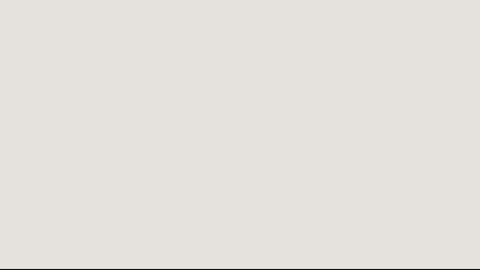
Get Your FREE Hive Account
